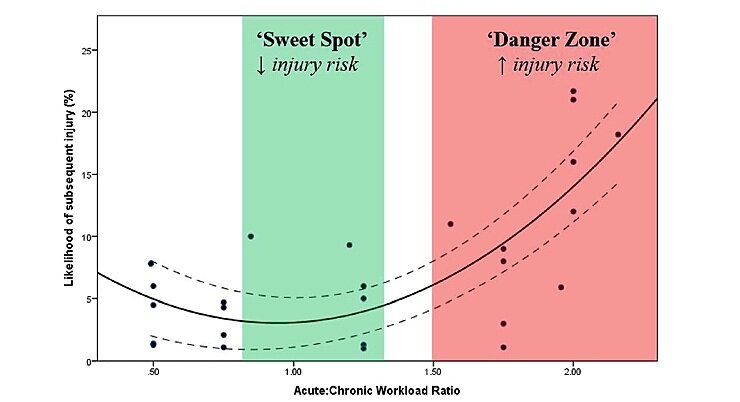Running is a great way to improve both your mental and physical health, including relieving stress, cardiovascular health, heart function, muscle strength, weight loss and quality of sleep just to name a few.
How much and how soon?
Sudden changes in activity levels exceeding the body’s ability to cope are the main driver for injury and can happen to any runner of any experience! These activity levels can be referred to as load, which can include frequency, duration, intensity and distance.
Couch to 5km
A popular interval running program for inexperienced runners, which typically takes 9 weeks to complete. Print off a guide online or download one of the many apps, this is a great step by step program with a 5km goal in mind
10% Rule
This rule is easily applied to any program and will reduce your risk of injury, simply do not exceed 10% increase in load (total km’s) week to week.
Example:
-
Week 1 – 22 km
-
Week 2 – 24 km (+9.1%)
-
Week 3 – 27 km (+12.5%)
-
Week 4 – 30km (+11.1%)
Acute – Chronic Workload Ratio (ACWR)
This ratio compares your acute workload (fatigue) to your chronic workload (fitness). A bit more complex, however this makes it more accurate in load management and determining risk of injury.
-
Calculate a 4-week rolling average (km)
22 + 24 + 27 + 30 = 103 km
103 ÷ 4 = 25.8 km
-
Divide current week by this 4-week average to obtain a ratio
30 ÷ 25.8 = 1.2
-
Ensure it is within the optimal zone
Less than 0.8 is Under-training
0.8 – 1.3 is Optimal
1.3 -1.4 is Over-reaching
1.5 or higher is Over-training

